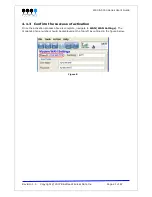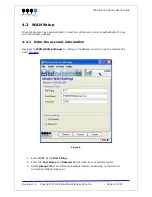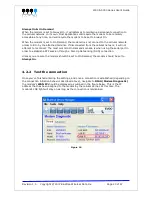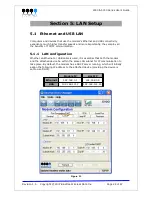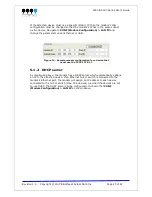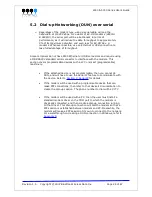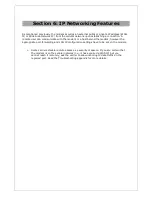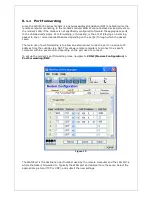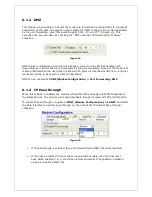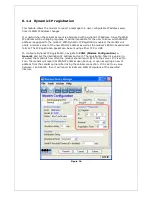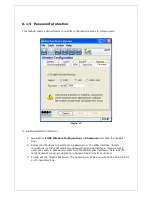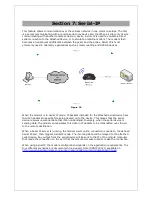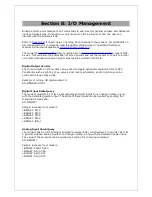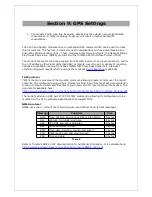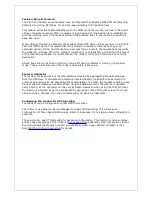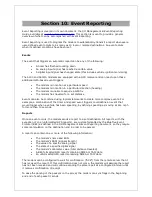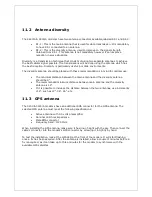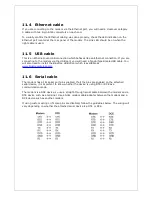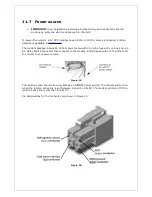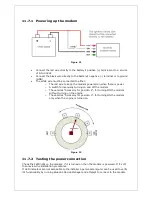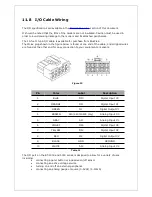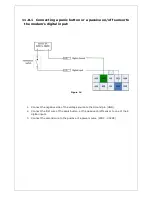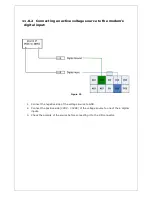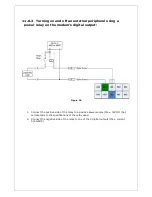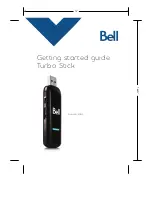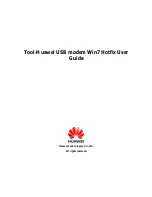
Feature: Store & Forward
The 5200 and 5600/A series modems have an integrated 512Kbytes Static RAM memory chip
dedicated to storing GPS fixes. It can store approximately 5000 position fixes.
This feature will activate automatically when the WAN connection is lost, such as in the event
of loss of cellular coverage. When coverage is regained and communication is re-established
with the listening server, the modem will send the buffered fixes to ensure that no positions
have been lost.
When Store & Forward is activated, the modem stores GPS data in static memory on a First In
First Out (FIFO) basis. This means that if the modem is unable to transmit fixes over an
extended period of time, and the memory becomes full as a result, the newest fixes overwrite
the oldest stored fixes. When the cellular connection is re-established, or when the TCP socket
at the reporting destination is re-established, the modem will send all the stored fixes to the
destination.
Stored fixes are not lost when ignition is turned off and the modem is running in low power
mode. They are lost only when the modem completely loses power.
Feature: Odometer
The modem can keep track of the total distance traveled by aggregating the data obtained
from the GPS fixes. It calculates the distance traveled based on a straight line between the
current and previous fix. By appending these calculations to a total, the modem is able to keep
track of the total distance travelled. When using the NMEA protocol, the GPS fix is updated
every second, so the odometer can be very accurate. However, when using the TAIP protocol,
the GPS fix is acquired as per the configured fix acquisition timer. If the timer is set to a high
value such as 5 minutes, then the odometer will most likely be inaccurate.
Configuring the modem for GPS reporting
The modem can be configured to report GPS in two ways.
The first is to use BlueVue Device Manager for basic GPS reporting. This allows easy
configuration of timer-based GPS reports. Refer to Appendix C for a step-by-step configuration
example.
The second is to use AT commands for advanced configuration. This method is more complex
and can take advantage of the modem's
Event Reporting
capabilities (see next section). Event
Reporting allows the modem to report automatically when a user-defined condition is met.
Read
Section 10: Event Reporting
for details.

